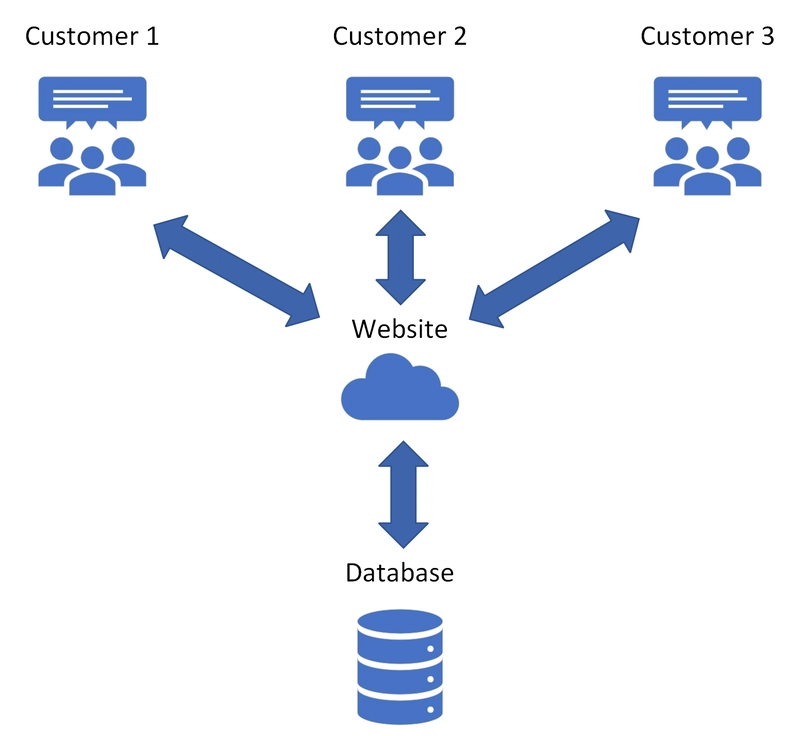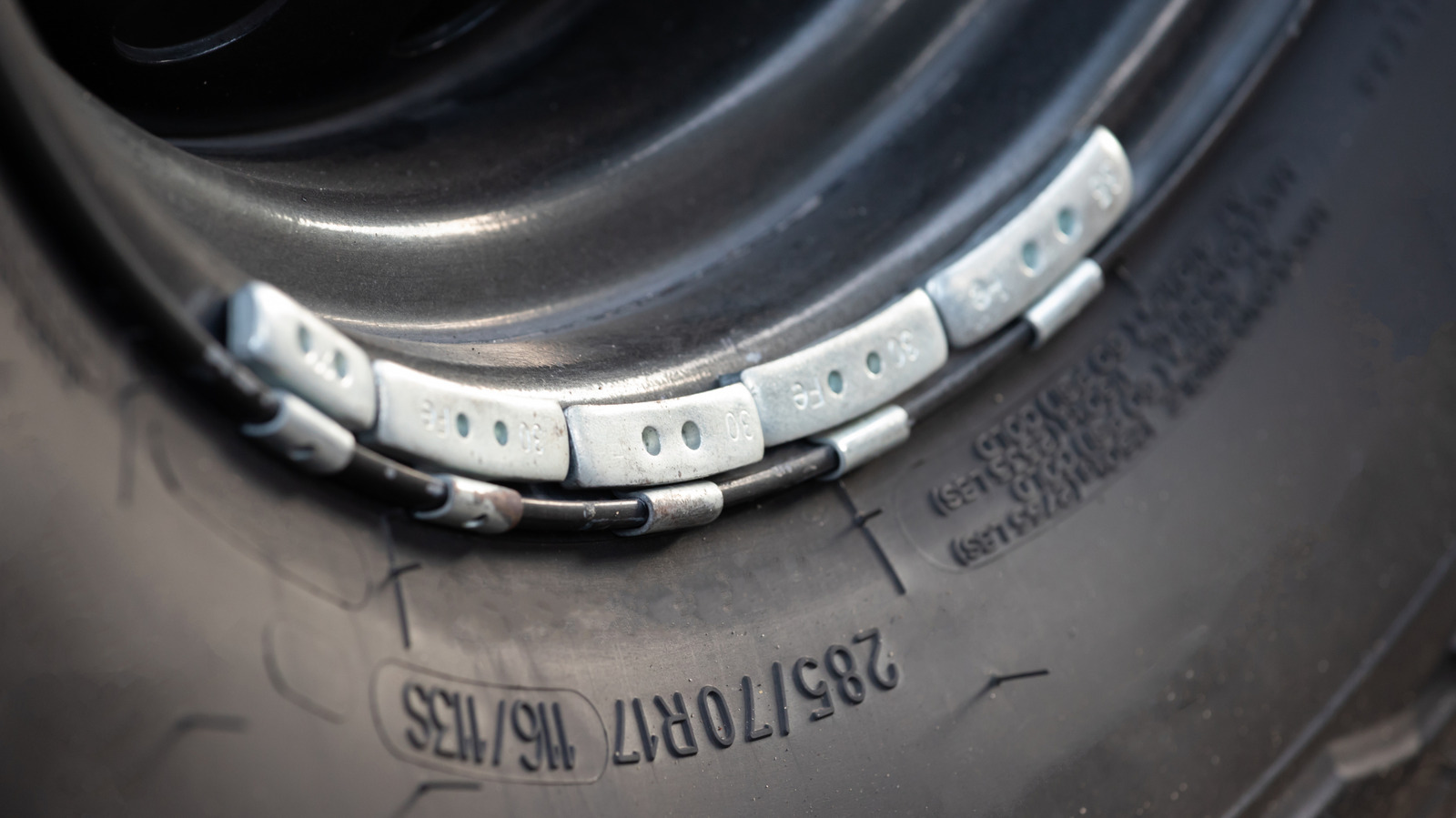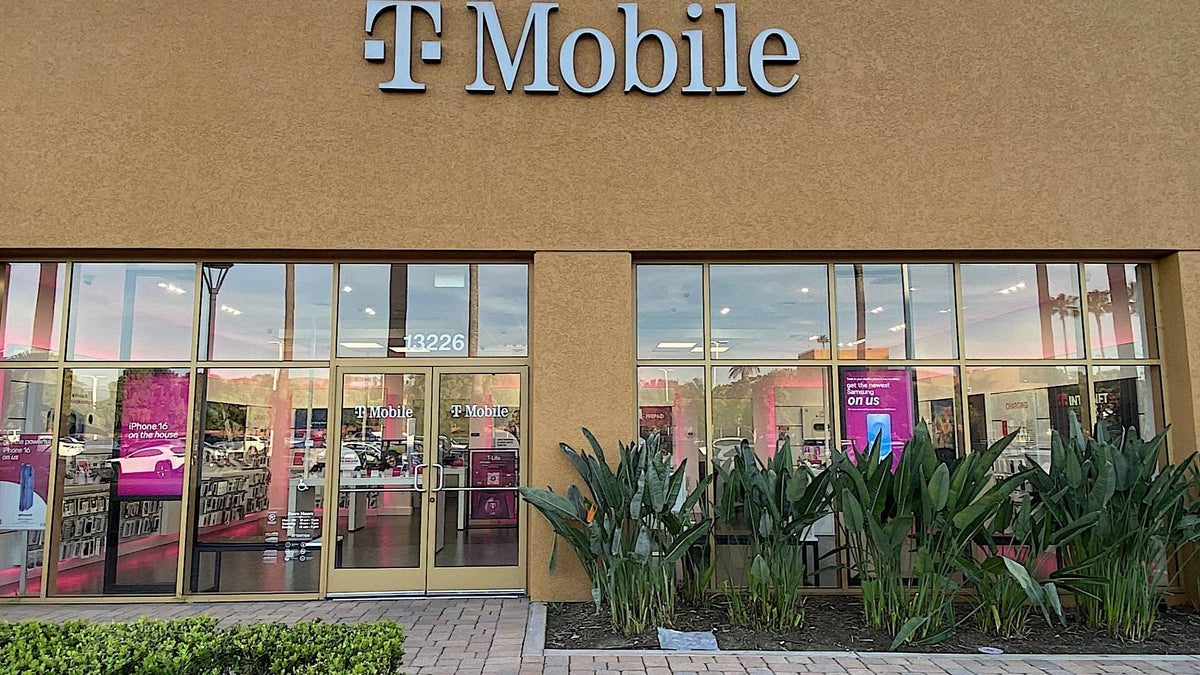MDR vs. Traditional Security Operations: What’s Right For Your Penetration Testing Team?
In the ever-changing world of cybersecurity, organizations are constantly challenged to choose the right security operations model that best supports their penetration testing teams. The decision often comes down to selecting between traditional security operations and the more advanced Managed Detection and Response (MDR) solutions. Both approaches offer unique benefits and limitations, and understanding their […] The post MDR vs. Traditional Security Operations: What’s Right For Your Penetration Testing Team? appeared first on Cyber Security News.

In the ever-changing world of cybersecurity, organizations are constantly challenged to choose the right security operations model that best supports their penetration testing teams.
The decision often comes down to selecting between traditional security operations and the more advanced Managed Detection and Response (MDR) solutions.
Both approaches offer unique benefits and limitations, and understanding their technical differences is crucial for organizations aiming to strengthen their security posture through effective penetration testing.
This article delves into the evolution from traditional security to MDR, examines their technical integration with penetration testing, and provides guidance on how to select the right approach for your team.
The Evolution From Traditional Security To MDR Systems
Traditional security operations have long been the backbone of organizational cybersecurity.
These methods are typically built around perimeter defense strategies, employing tools such as firewalls, antivirus programs, and intrusion detection systems.
Managed by internal IT teams, traditional security is characterized by a defensive stance, focusing on preventing unauthorized access and responding to incidents as they arise.
Penetration testing in this context is usually conducted as a scheduled project, often annually or biannually, to assess the effectiveness of existing controls and identify vulnerabilities.
However, the static nature of traditional security operations has become a significant limitation in the face of modern cyber threats.
Attackers are constantly developing new techniques, and the time gaps between penetration tests can leave organizations exposed to emerging vulnerabilities.
Traditional security operations also tend to be reactive, relying on alerts and logs for post-incident analysis rather than proactive threat hunting or continuous monitoring.
MDR represents a significant shift in how organizations approach security operations.
Rather than relying solely on in-house resources and periodic assessments, MDR provides continuous threat detection, response, and remediation through a combination of advanced technologies and expert human oversight.
MDR services integrate tools such as endpoint detection and response (EDR), threat intelligence, and behavioral analytics to provide real-time visibility into the organization’s environment.
This proactive approach enables faster detection and containment of threats, reducing dwell time and limiting potential damage.
The key technical difference between traditional security and MDR lies in their operational models.
Traditional security is built around periodic, manual assessments and incident response, while MDR leverages automation, artificial intelligence, and continuous monitoring to provide a dynamic and adaptive defense.
This evolution addresses the critical shortcomings of traditional security, particularly the inability to detect and respond to threats as they occur.
Technical Capabilities And Integration With Penetration Testing
Penetration Testing In Traditional Security Frameworks
Within traditional security frameworks, penetration testing is a well-defined, project-based activity.
The process typically follows a structured methodology, including planning, reconnaissance, scanning, exploitation, post-exploitation, and reporting.
These tests provide organizations with a comprehensive view of their security posture at a specific point in time, identifying vulnerabilities and recommending remediation strategies.
One of the main technical strengths of traditional penetration testing is its thoroughness and adherence to established standards. Testers manually probe systems for weaknesses, simulating real-world attacks to uncover exploitable flaws.
The results are meticulously documented, providing detailed reports that can be used to guide remediation efforts and demonstrate compliance with industry regulations.
- Periodic penetration testing leaves security gaps where new vulnerabilities can emerge undetected between assessments
- Manual testing processes demand excessive time and resources for execution and analysis
- Requires specialized cybersecurity professionals facing global talent shortages
- Isolated from continuous security operations creates difficulty operationalizing findings
- Point-in-time assessments lack real-time integration with threat detection systems
- Limited scope prevents comprehensive vulnerability discovery across all systems
- High costs constrain testing frequency despite evolving threat landscapes
Penetration Testing In An MDR Environment
MDR fundamentally changes the way penetration testing is conducted and integrated into security operations.
In an MDR environment, penetration testing becomes a continuous process, leveraging automation and real-time threat intelligence to simulate attacks and assess defenses on an ongoing basis.
Rather than waiting for scheduled tests, organizations can continuously validate their security controls against the latest attack techniques.
The integration of MDR with penetration testing offers several technical advantages. Automated tools can quickly identify and exploit vulnerabilities, allowing penetration testers to focus on more complex and targeted assessments.
Threat intelligence feeds ensure that testing scenarios are aligned with the most current and relevant threats, increasing the likelihood of detecting sophisticated attacks.
MDR platforms also provide immediate feedback on the effectiveness of security controls, enabling rapid remediation and validation of fixes.
Another significant benefit is the ability to automate containment and recovery processes during penetration testing.
MDR solutions can isolate compromised endpoints and restore them to a known-good state, allowing organizations to test their incident response and recovery procedures in real time.
This level of integration ensures that penetration testing is not just a one-time assessment but an ongoing component of the organization’s security strategy.
Selecting The Right Approach For Your Security Team
Choosing between traditional security operations and MDR for your penetration testing team depends on several factors, including organizational size, resource availability, regulatory requirements, and risk tolerance.
Traditional security operations may be suitable for organizations with established in-house expertise and relatively stable environments.
These organizations can benefit from the thoroughness and documentation provided by traditional penetration testing, particularly in industries where compliance and repeatability are paramount.
However, as cyber threats become more sophisticated and persistent, the limitations of traditional security operations are increasingly difficult to ignore.
MDR offers a compelling alternative by providing continuous monitoring, rapid response, and integration with advanced technologies.
For organizations with limited internal resources or those seeking to augment their existing security capabilities, MDR can provide access to specialized expertise and state-of-the-art tools without the need for extensive in-house investment.
A hybrid approach is also worth considering. Organizations can maintain their traditional penetration testing practices while leveraging MDR for continuous monitoring and rapid response.
This combination allows penetration testing teams to focus on deep technical assessments and complex attack scenarios, while MDR handles day-to-day threat detection and incident response.
Such an approach ensures comprehensive coverage and adaptability in the face of evolving threats. Ultimately, the right choice depends on the specific needs and goals of your organization.
By understanding the technical differences between traditional security operations and MDR, penetration testing teams can make informed decisions that enhance their ability to protect against modern cyber threats.
As the cybersecurity landscape continues to evolve, adopting a flexible and integrated approach to security operations will be essential for maintaining a strong defense.
Find this News Interesting! Follow us on Google News, LinkedIn, & X to Get Instant Updates!
The post MDR vs. Traditional Security Operations: What’s Right For Your Penetration Testing Team? appeared first on Cyber Security News.































































































































































![[The AI Show Episode 143]: ChatGPT Revenue Surge, New AGI Timelines, Amazon’s AI Agent, Claude for Education, Model Context Protocol & LLMs Pass the Turing Test](https://www.marketingaiinstitute.com/hubfs/ep%20143%20cover.png)



























































































































![[DEALS] Koofr Cloud Storage: Lifetime Subscription (1TB) (80% off) & Other Deals Up To 98% Off – Offers End Soon!](https://www.javacodegeeks.com/wp-content/uploads/2012/12/jcg-logo.jpg)
























![Is this too much for a modular monolith system? [closed]](https://i.sstatic.net/pYL1nsfg.png)




















































































































_roibu_Alamy.jpg?width=1280&auto=webp&quality=80&disable=upscale#)




 CISO’s Core Focus.webp?#)









































































































![Apple Smart Glasses Not Close to Being Ready as Meta Targets 2025 [Gurman]](https://www.iclarified.com/images/news/97139/97139/97139-640.jpg)
![iPadOS 19 May Introduce Menu Bar, iOS 19 to Support External Displays [Rumor]](https://www.iclarified.com/images/news/97137/97137/97137-640.jpg)

![Apple Drops New Immersive Adventure Episode for Vision Pro: 'Hill Climb' [Video]](https://www.iclarified.com/images/news/97133/97133/97133-640.jpg)



































































































